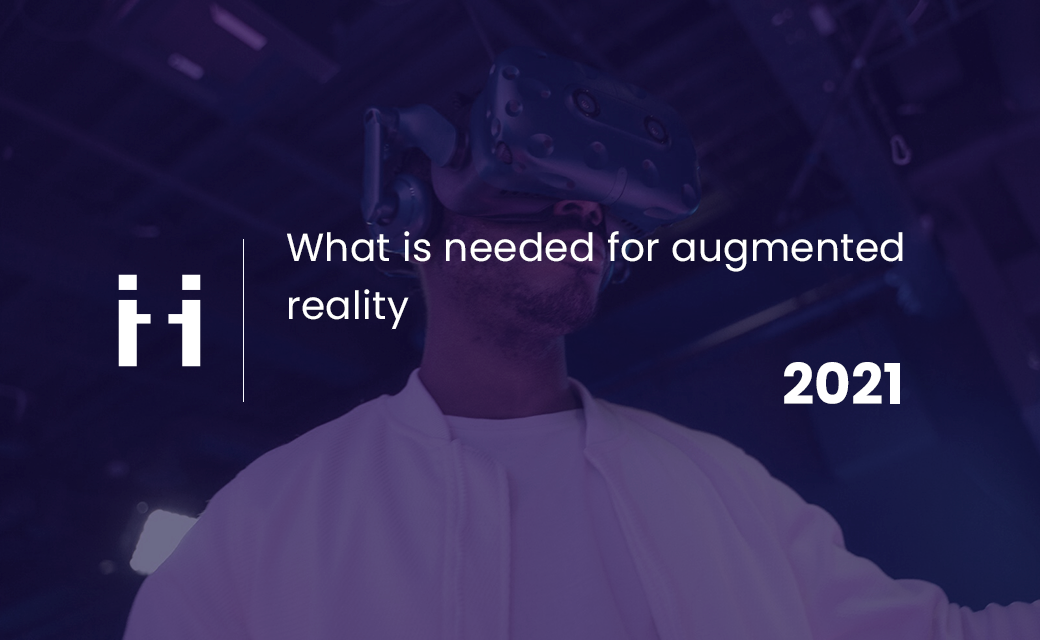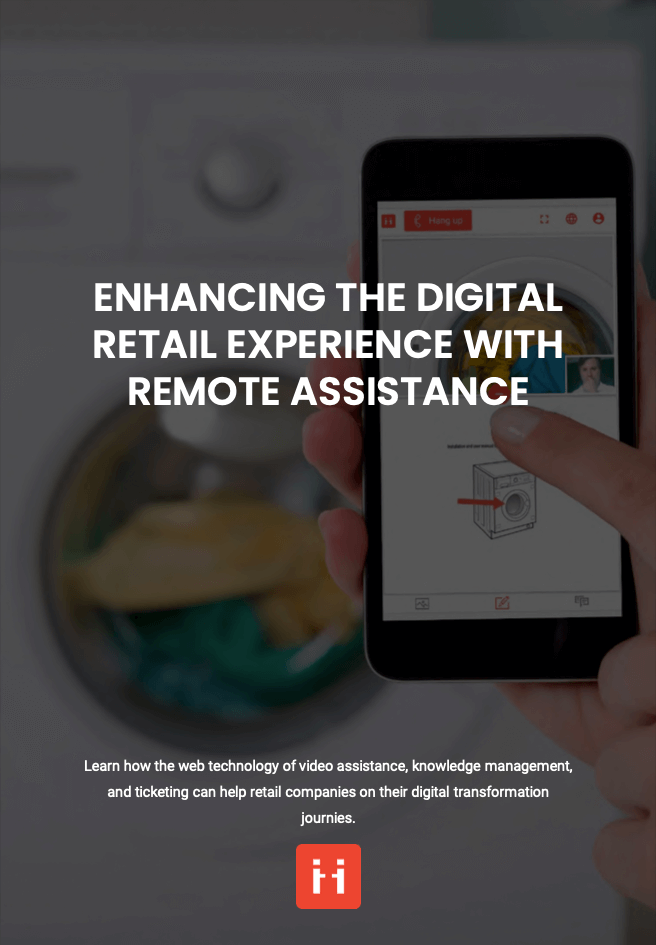
Share this article
Share this article
By overlaying virtual objects and surroundings with the physical world, augmented reality is one of the most rapidly evolving technologies. Merging both the real and the virtual world, AR allows your business to create a unique customer experience. Although AR has seen a big interest from businesses and individuals, with a number of its active users having reached 810 million so far and being expected to go as high as 1.73 billion by 2024, user experience is listed as the main obstacle to fully adopting AR by 26% of customers. To avoid unnecessary technical glitches and ensure the augmented reality experience you provide is as smooth and effective as possible, you need to choose the right software, hardware, and programming language.
As the main aim of the virtual AR content is to be as engaging, realistic, yet easy to use, the software developed for AR experiences has to offer a wide range of features, both visual and audio. Before choosing an augmented reality software, make sure it incorporates key AR features such as the ability to simulate different conditions and environments, object superimposition, cross-device publishing, the drag-and-drop feature, screen sharing, as well as an option for users to create and edit content themselves.
There are many AR apps and online platforms that enable you to create your desired immersive digital content in real-time. A few of the most renowned and recommended AR software are:
Using AR software as such can therefore bring you and your business many benefits – from improved product/service information, increased customer comfort, and strengthened customer satisfaction, to increased sales, boosted online visibility, and a more effective social media presence. Most of all, it provides your customers with a real-world experience that can be achieved from anywhere at any time.
When trying to achieve the most remarkable augmented reality experience, good and sturdy AR hardware is as important as the right software. Hardware plays a crucial role in taking the customer experience through your chosen augmented reality app to another level. Bulky and glitchy hardware, however, is considered to be the main challenge of the AR appointment by customers. Thus, by incorporating different tools and techniques, the right equipment can help make the digital worlds feel more real, engaging, and user-friendly.
Connected to your main server and the internet, smart glasses overlay your sight with an abundance of information, data, numbers, and graphics, all in real-time. They can be used for a variety of different things, from displaying notifications while you work to boosting your gaming experience, and thus are one of the most popular AR equipment to purchase, with their sales having reached 410k units in 2021 so far. The most popular examples of smart glasses are Google Glasses, Epson Moverio, or Vuzix Blade.
AR contact lenses take all the features you can get with smart glasses and take them up a notch, making it possible for you to have a truly immersive augmented reality experience as closely as possible – inside your eye. What’s more, smart lenses also let you take pictures and record videos of what you see as you go. One of the pioneers in the AR lenses market is Mojo Vision.
Used both in AR and VR, this innovative headset lets you experience the essence of mixed reality in all dimensions, merging the real world around you with the virtual reality in front of your eyes, as well as in your ears. Its peripheral vision feature and the three-dimensional audio creates a smooth blend between both realities. Additionally, pairs of HoloLens can be linked, which allows you to experience augmented reality with others at the same time – whether in a professional environment to complete projects when used for education or entertainment purposes.
With integrated cameras, data sensors, GPS, displays, and other features as such, our smartphones, tablets and other mobile devices are very suitable for augmented reality apps and allow you to have an AR experience whenever and wherever you need.

As the AR technology aims to provide interactive features and immersive concepts, it consequently requires incorporating a suitable programming language that varies depending on the target platform and the audience.
Two of the most popular AR programming languages are Java and JavaScript. The first has become the definition of object-oriented programming, with other features such as language processing, neural networking, and a built-in 3D API making the AR experience seamless and immersive. Java is the official programming language for Android Apps and Google ARCore. JavaScript, however, is considered one of the most adaptable programming languages out there. It is mostly used for creating websites, mobile apps, and desktop apps.
C# and C++ are the other two programming languages that work well with augmented reality. The first one has considered the most stable pioneer thanks to its strong typing features, functionality, and a clear focus on objects and components – in fact, this is the programming language of Microsoft HoloLens. Similarly, C++ is also a very powerful option and it has been used for a variety of AR and VR products for decades. For instance, C++ serves as a base for Unreal Engine and Google’s ARCore.
Being the official programming language for iOS devices, Swift is also a very comfortable and easy to use option for developing mobile AR apps. As with all Apple features, however, it only works within the iOS system, which might create a bit of a platform barrier.
Augmented reality is a technology that can revolutionize any business and industry, from retail, insurance, or construction, to gaming and entertainment. For the utmost business development and customer satisfaction, you must evaluate exactly what is needed for augmented reality – the most efficient software, innovative hardware, and the right programming language – and what will work best for you, your business, and your customers.